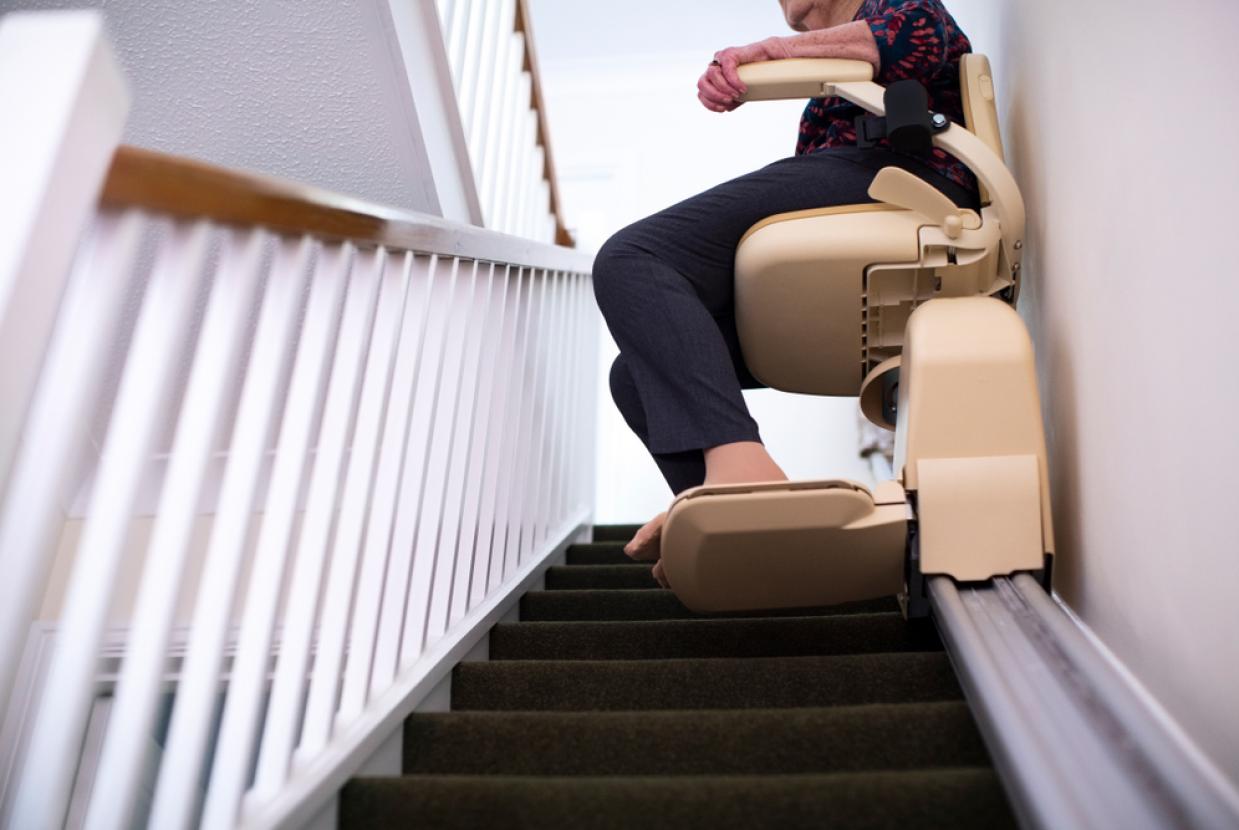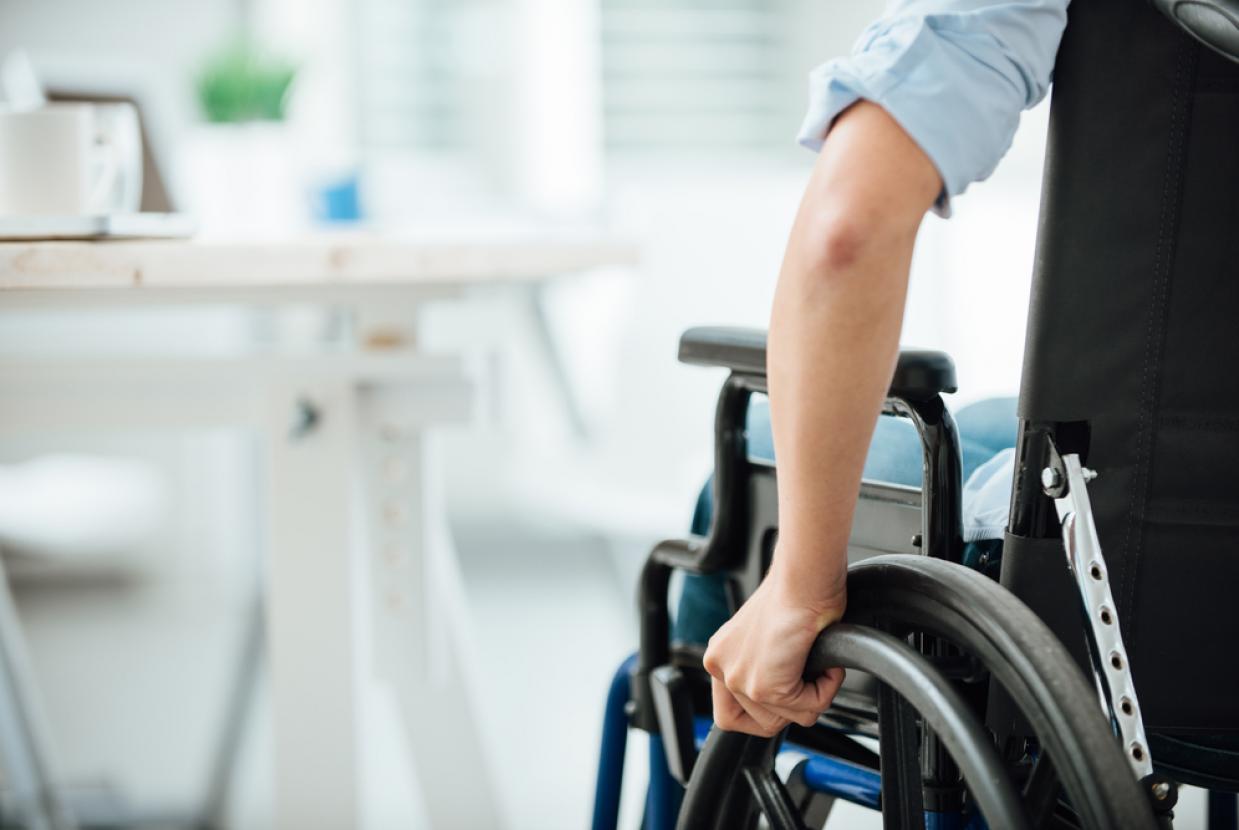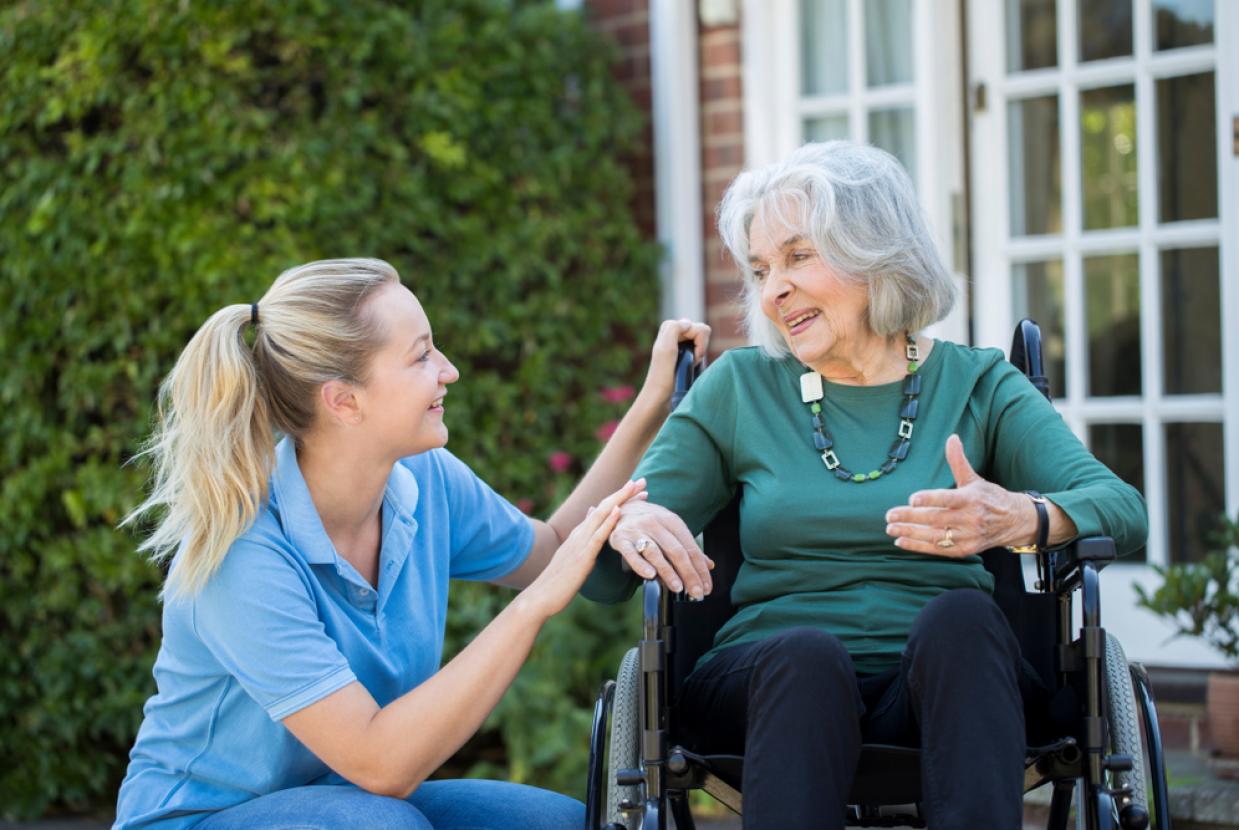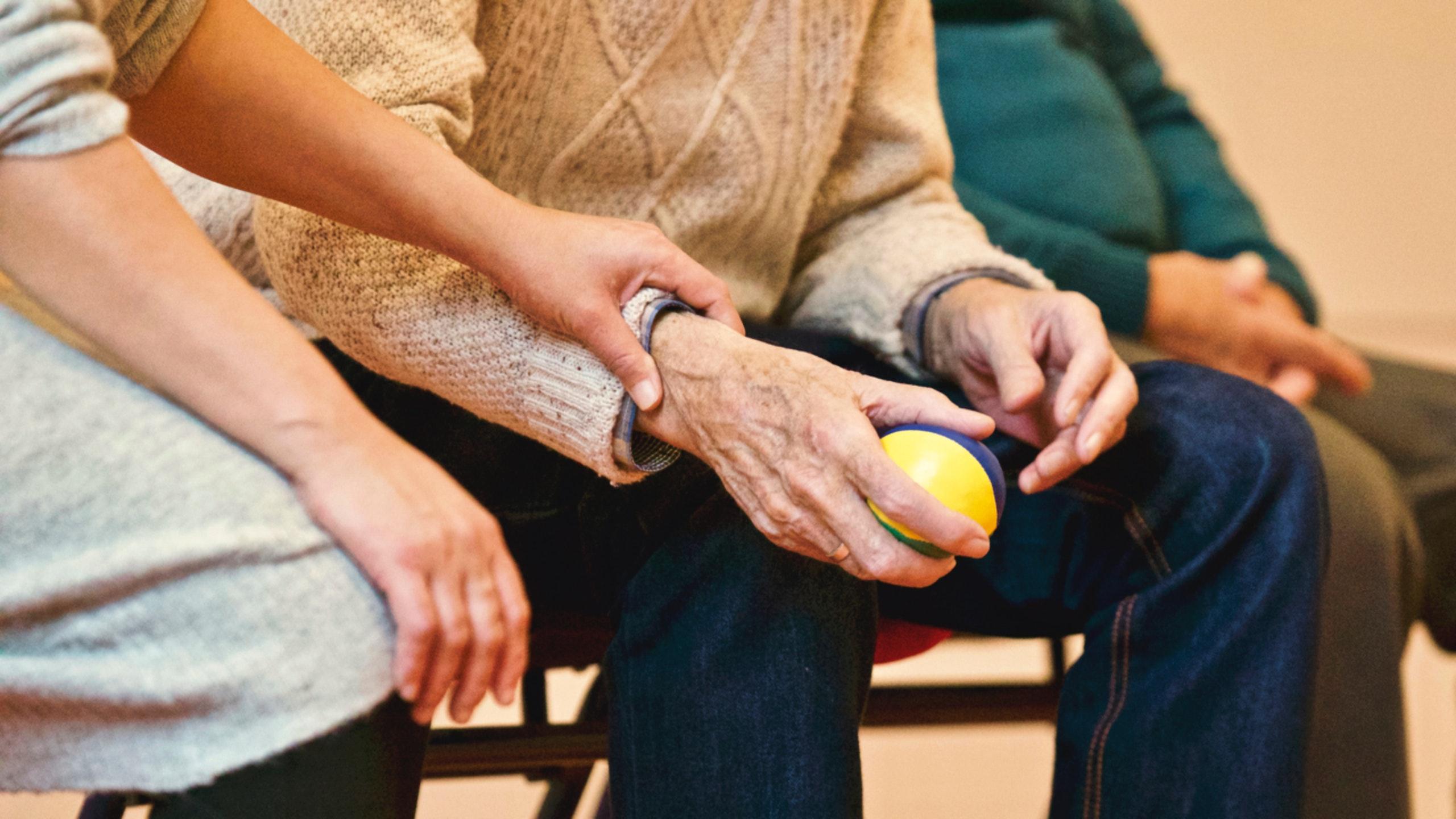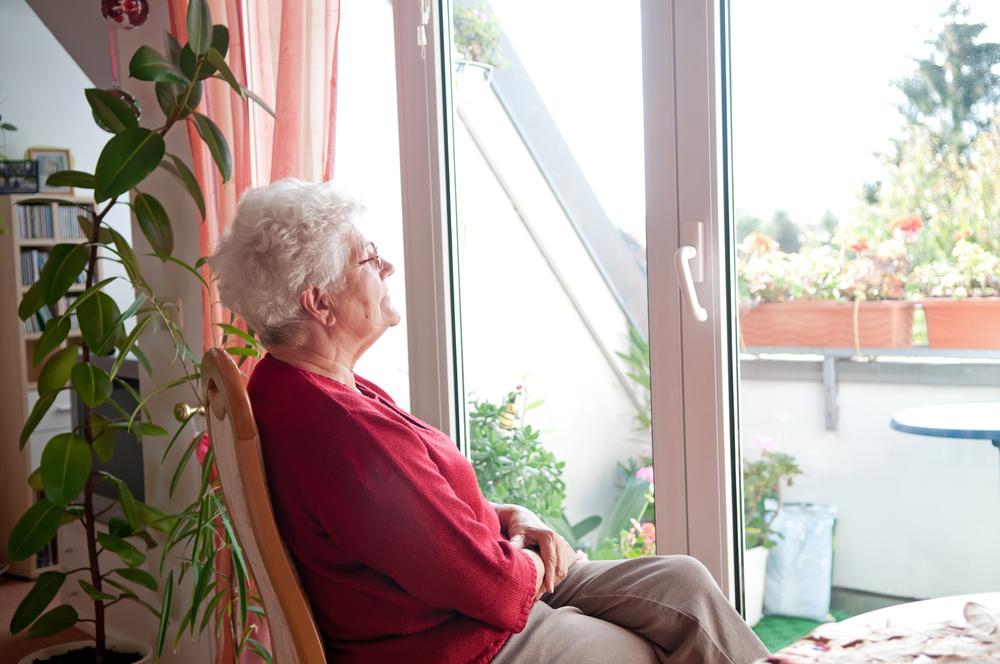Equipment For Caring
Carers NI
Different types of equipment or changes to your home (or the home of the person you care for) could help make the home safer and life easier by providing independence for the person you are looking after, and peace of mind to you.
Below, we've prepared a list of room-by-room ideas including items of equipment (such as a raised toilet seat), smaller adaptations (such as fitting grab rails), and larger adaptations (such as installing a wet room).
The kitchen
- If you have difficulty turning taps on and off you may wish to consider installing single lever taps which control both temperature and flow rate. Some of these taps are also thermostatically controlled for increased safety. You can also get taps which turn on automatically when you put your hands under them so these could be an option too.
- Alternatively, tap turners can be purchased to assist the person you are looking after to operate your existing conventional taps. The advantage of these is that they can be used if you are away from home.
- If the person you’re caring for cannot stand up for long periods to carry out tasks such as washing up or ironing, a perching stool may be useful.
- To make cooking easier and safer for the person you care for you might like to try: using non-slip mats on the worktop to stop things from sliding around, using lightweight pots and pans which are easier to lift, cooking vegetables in a steamer or a basket in a pan so that boiling water can be left to cool.
- Simple things you can do straight away without needing to purchase any equipment include: storing regularly used kitchen equipment and utensils between hip and eye level and storing heavy dishes inside a carrier bag to make lifting them out of the cupboard easier.
The bathroom
- If the person you are caring for struggles to stand to take a shower then you may wish to obtain a shower bench so that they can shower sat down. Similarly a bath board can make getting in and out of the bath easier as can a hoist which can be fitted inside the bath.
- To make it safe for the person you care for to take a bath, use a rubber bathmat and fit grab rails to the wall and the side of the bath so that they have something to support them when they are getting in and out.
- Something as simple as a removable shower head can aid with rinsing.
- A bath lift that lowers and raises the bather in the water can be a great solution to ensure safety if there are problems with getting in and out the bath.
- To help the person you care for get on and off the toilet you can get a raised toilet seat which fits over your existing one. Grab rails at the side of the toilet can also be helpful, or a toilet seat with built in arm rests or a mobile commode.
General household
- Something as simple as a reacher can make a host of everyday tasks easier for someone with a disability – such as picking things up off the floor or from high up on a shelf.
- A decent chair with arms is easier to get up from than a sofa, and if the arms do not have any gaps at the side, this makes pushing up from them easier and means that nothing can slip through them and on to the floor. Chair raisers can be fitted if your current chair is too low and the person you care for struggles to get in and out of it. Never use cushions to raise the height of the seat as this can be bad for your back.
- If there is a step into your home, or into any of your rooms, a handle on the door frame can be helpful, or you could add an extra half step to reduce the height. Creating or fitting a ramp can also help reduce any related danger.
- If it is a lot of effort for the person you care for to answer the door, or if they can’t do it at all, you might want to consider installing a doorbell system that enables them to speak (and possibly see) the person at the door and let them in remotely.
- If the person you care for needs a wheelchair and there are steps into your home you may want to install a ramp, or have temporary ones available that can also be used when you are away from home and you may need to think about having doorways widened to accommodate the wheelchair.
- A second banister on the stairs could help the person you look after balance when they are going up and down or you might wish to consider the installation of a stairlift.


